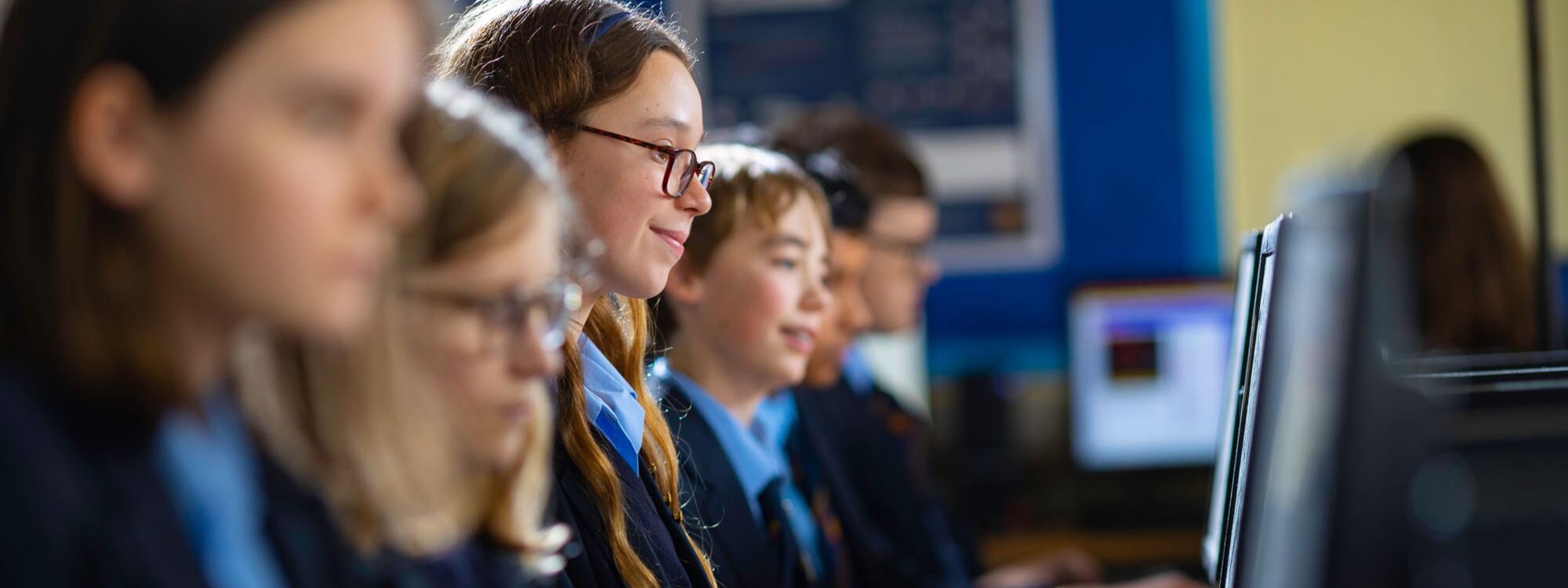
- Home
- Curriculum
- Subjects
- Astronomy (KS4)
Astronomy (KS4)
Back"Space is for everybody. It's not just for a few people in science or math, or for a select group of astronauts. That's our new frontier out there, and it's everybody's business to know about space."
Christa McAuliffe
Teacher and Challenger Astronaut
Staff members
Dr C Ashton – Head of Astronomy
Mr A Wilkins
Subject definition
Astronomy is a branch of science that studies celestial objects, space and the physical universe as a whole. Astronomy uses mathematics, physics and chemistry in order to explain the origin and evolution of celestial objects of interest including planets, moons, stars, nebulae, galaxies and comets.
Subject Purpose
Most people are fascinated by the night sky and are interested in stories about our continuing exploration of our Solar System and Universe. This course has been developed to build on that interest and to introduce the subject of astronomy. The course will enable students to understand our position in the Universe, the movements of planets and stars, the cycles in the night and daytime sky, and the way in which we use technology to observe and interact with space. Students will follow an incredible story of how scientists, from ancient civilisations to the modern day, have used their imagination and carefully recorded visual measurement to explore the Universe in which we live.
The aims and objectives of this qualification are to enable students to:
-Understand the structures of the Earth, Moon and Sun; and how their interactions produce many of the astronomical cycles and phenomena of our natural world
-Understand the Earth’s place within the Solar System and the universe; and the forces, which have shaped both our own, and other planetary systems
-Understand the forces governing the life cycles of stars; and demonstrate a knowledge of how stars appear in the night sky
-Understand how astronomers discovered the Earth’s position within our galaxy and the Universe; and understand current theories for the evolution of the Universe
-Understand the challenges inherent in making observations in astronomy; and the ways in which technology has aimed to overcome them
-Apply observational, enquiry and problem-solving skills, through the use of information from aided and unaided astronomical observations; and use these skills to evaluate observations and methodologies
-Develop an informed interest in current astronomical investigations, discoveries and space exploration
-Acquire knowledge and understanding of astronomy theory and practice, and the skills needed to investigate a wide range of astronomical contexts
-Understand that the study and practice of astronomy are interdependent and iterative activities, and appreciate the links between astronomy and other branches of science
-Develop an awareness that the study and practice of astronomy are subject to limitations by e.g. economic, technical, ethical and cultural influences
-Enable students to progress to further and higher education courses in the fields of astronomy or physics.
Qualification information
Course title - GCSE (9-1) Astronomy
Exam board – Pearson Edexcel
Course code – 1AS0
Link to specification
KS4 Overview
In Year 10 students aim to study the following topics:
-
The structure of the Earth as a planet
-
What is in the night sky, where to find celestial objects and how they appear
-
The Moon, its structure, appearance and missions exploring the surface
-
Space missions past, present and future. The aims, technology and results of significant space missions within our Solar System
-
Observing Solar System objects in the night sky
-
Ancient civilisations and their interpretation of the night sky
-
Observing the Sun
-
The interactions between the Earth, Sun and Moon
In Year 11 students study the remaining topics:
-
Time
-
The formation of planetary systems in our Solar System and elsewhere
-
What we can learn from the brightness and colours of different stars
-
The different types of star and how they change over time
-
Supernovae and black holes
-
Our galaxy and other types of galaxy
-
Cosmology and the structure, beginning and fate of the universe
Observation activities:
Students will also have the opportunity to carry out a number of observational tasks during the course. Unaided tasks are completed without the use of cameras or telescopes, aided tasks are completed using telescopes or cameras. The school has a class set of telescopes which can be loaned out to students and a significant number of larger telescopic equipment which is used during our overnight astronomy evenings.
Example observations:
Unaided observations
• Changing appearance of lunar features
• Find the radiant point of a meteor shower
• Accuracy of stellar magnitude estimates
• Estimate a celestial property using drawings
• Estimate levels of light pollution
• Estimate solar rotation period using drawings of sunspots
• Estimate period of a variable star
• Compare estimates of stellar density
• Find longitude using a shadow stick
• Assess the accuracy of a sundial
Aided observations
• Changing appearance of lunar features
• Find the radiant point of a meteor shower
• Accuracy of stellar magnitude measurements
• Measure a celestial property using telescopic drawings or photographs
• Measure levels of light pollution
• Measure solar rotation period using photographs of sunspots
• Measure period of a variable star
• Compare measurements of stellar density
• Demonstrate range of Messier objects
• Calculate length of the sidereal day
Students complete observational activities throughout the course and will sit two 1 hour 45 minute exams for their GCSE Assessments each worth 50% of their final grade, each paper covers 8 topics and students will be asked questions relating to their practical observation activities.
